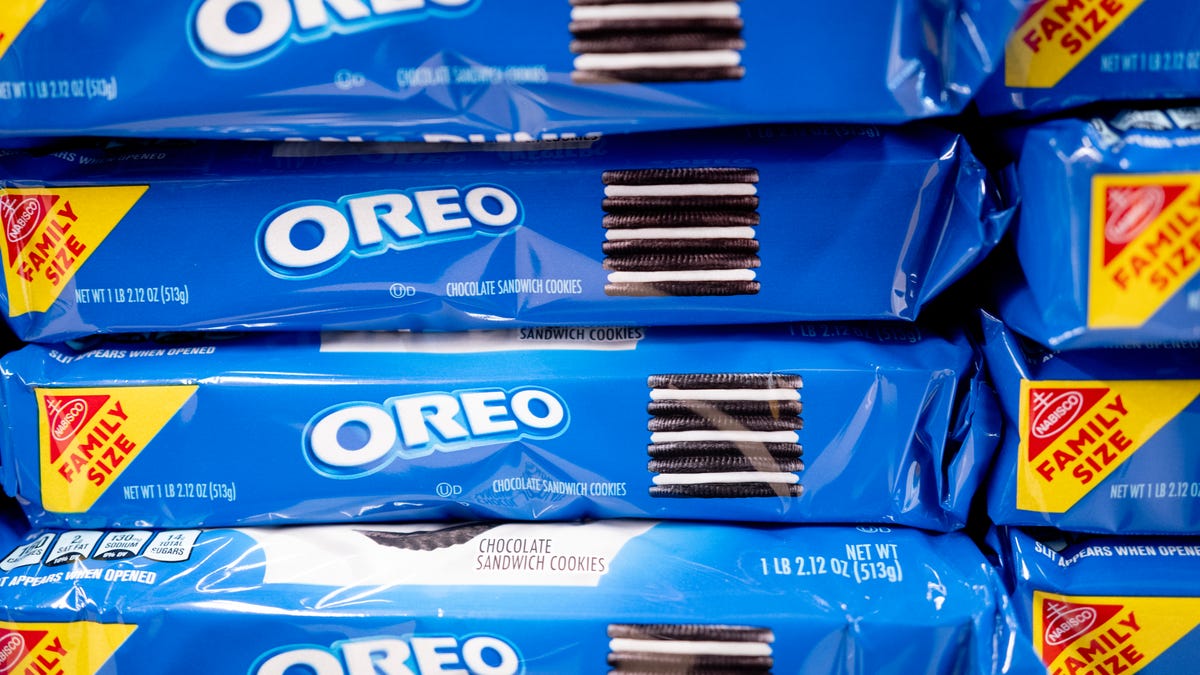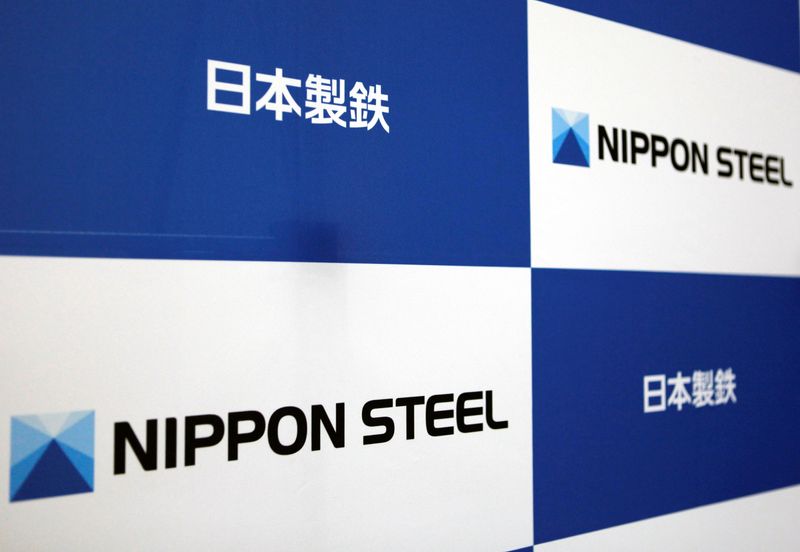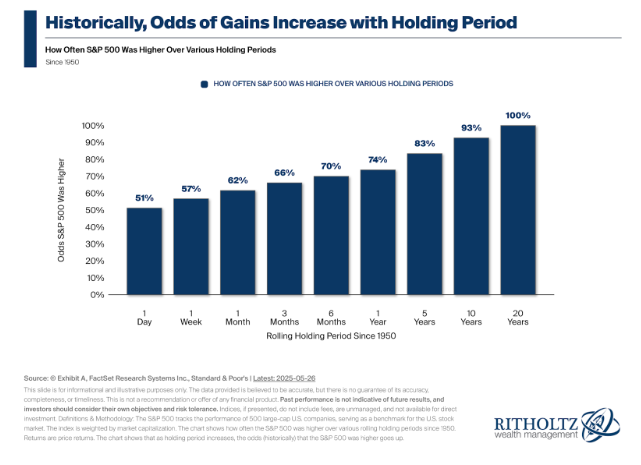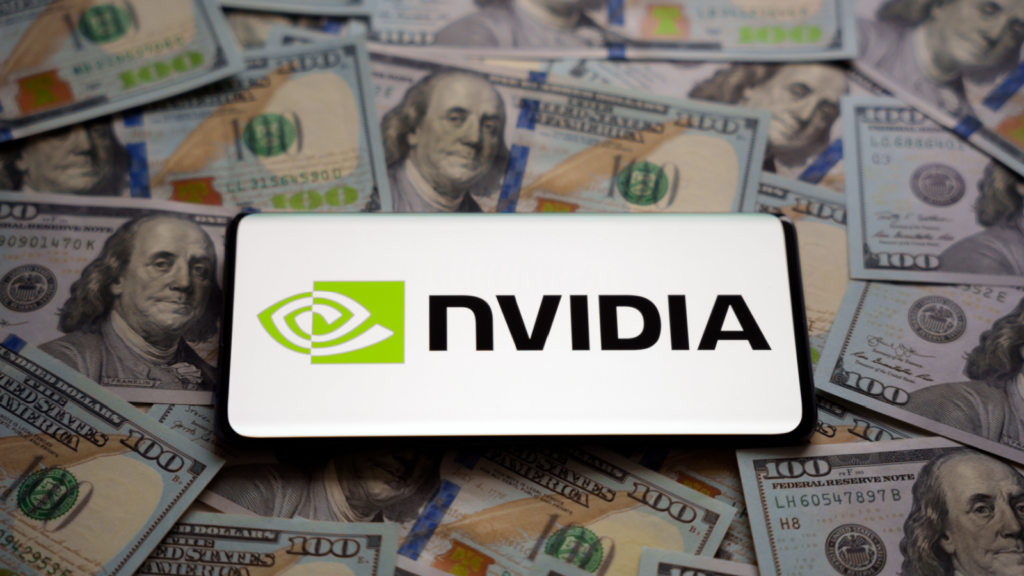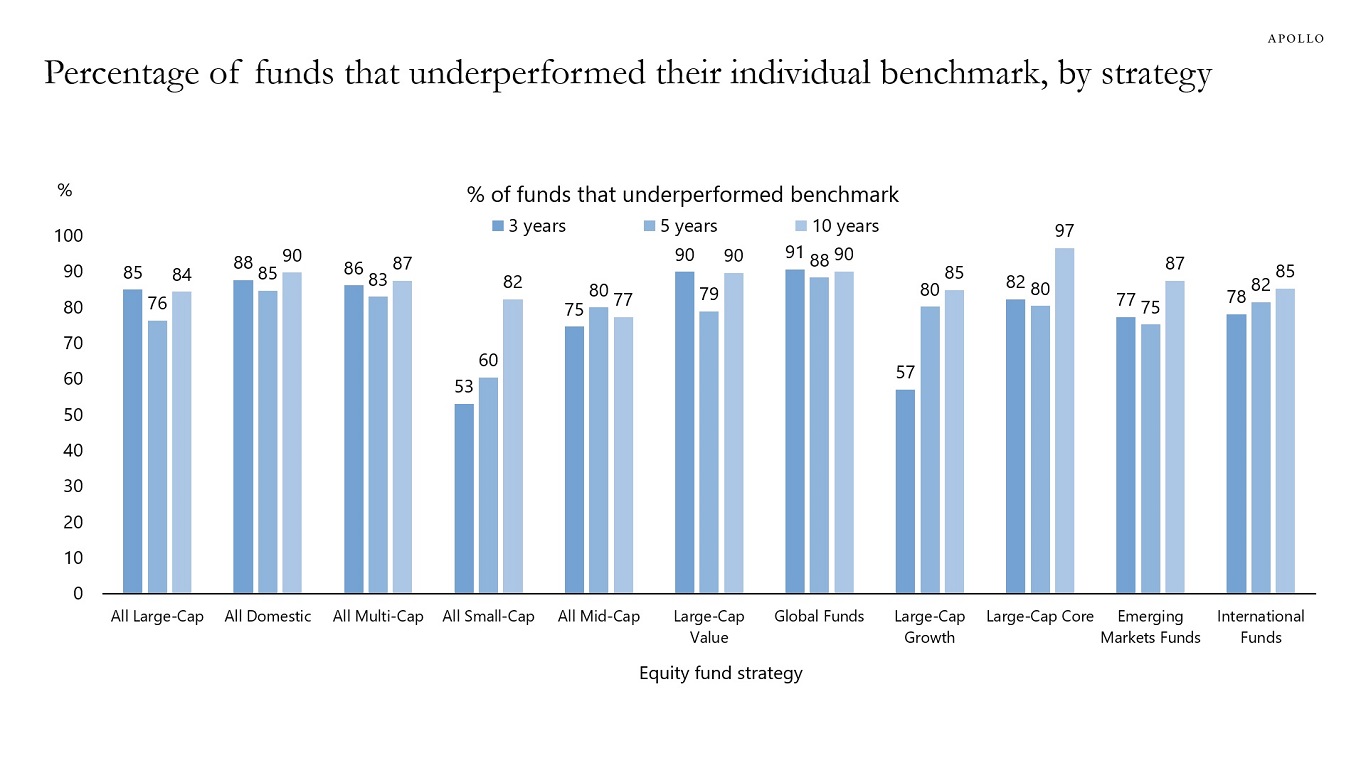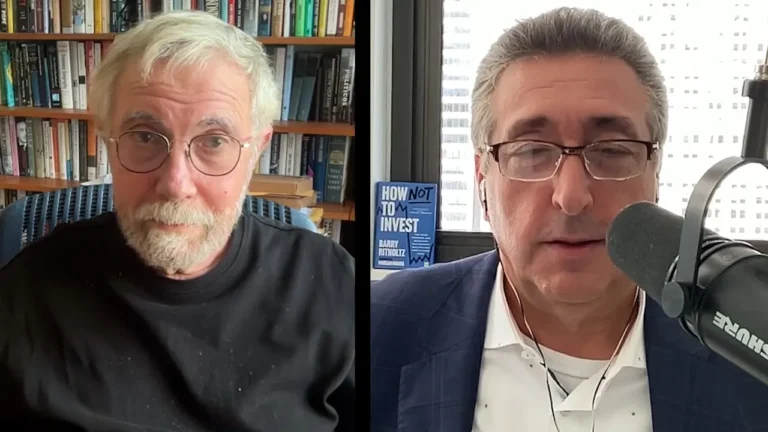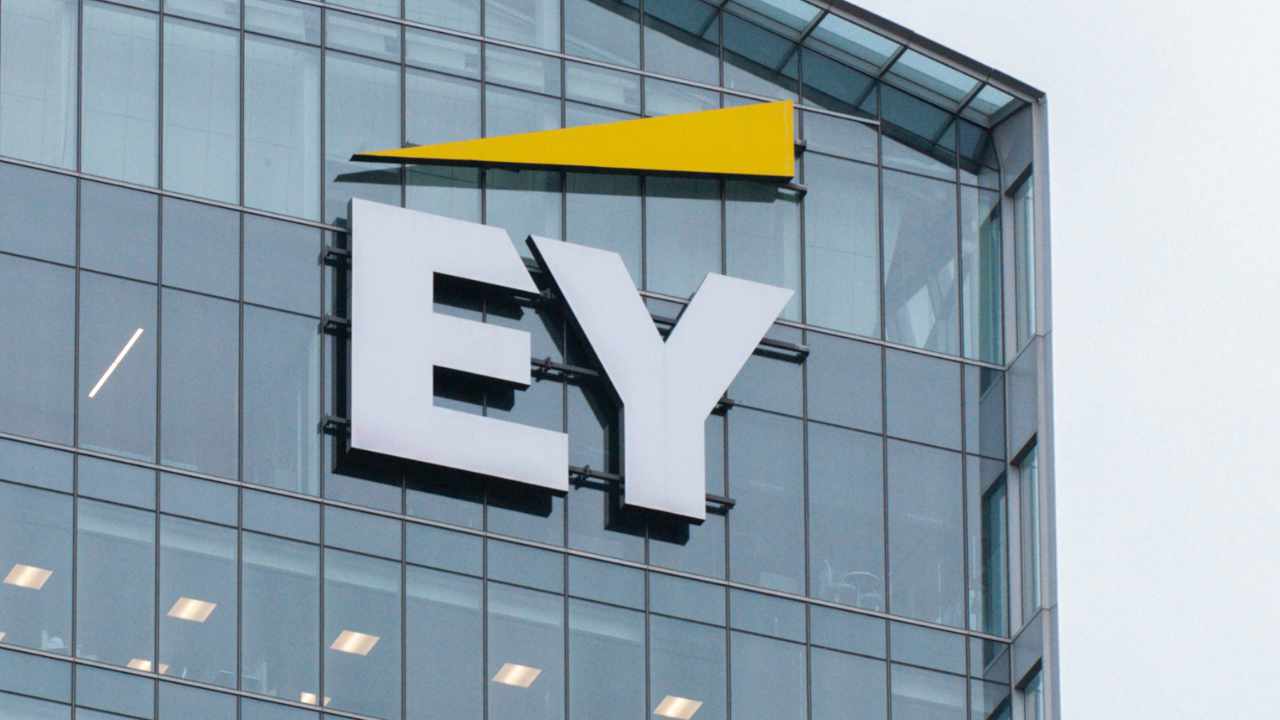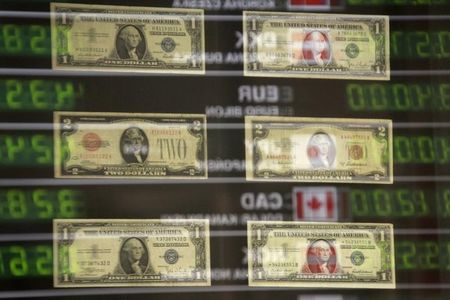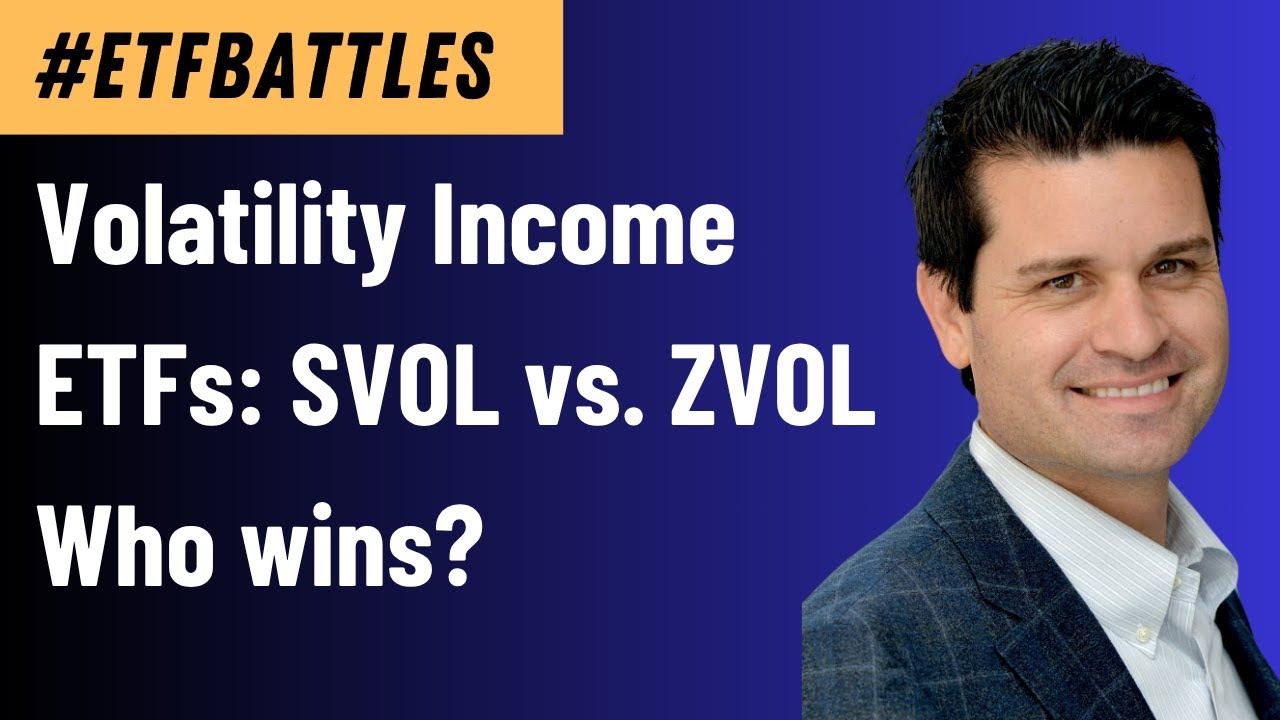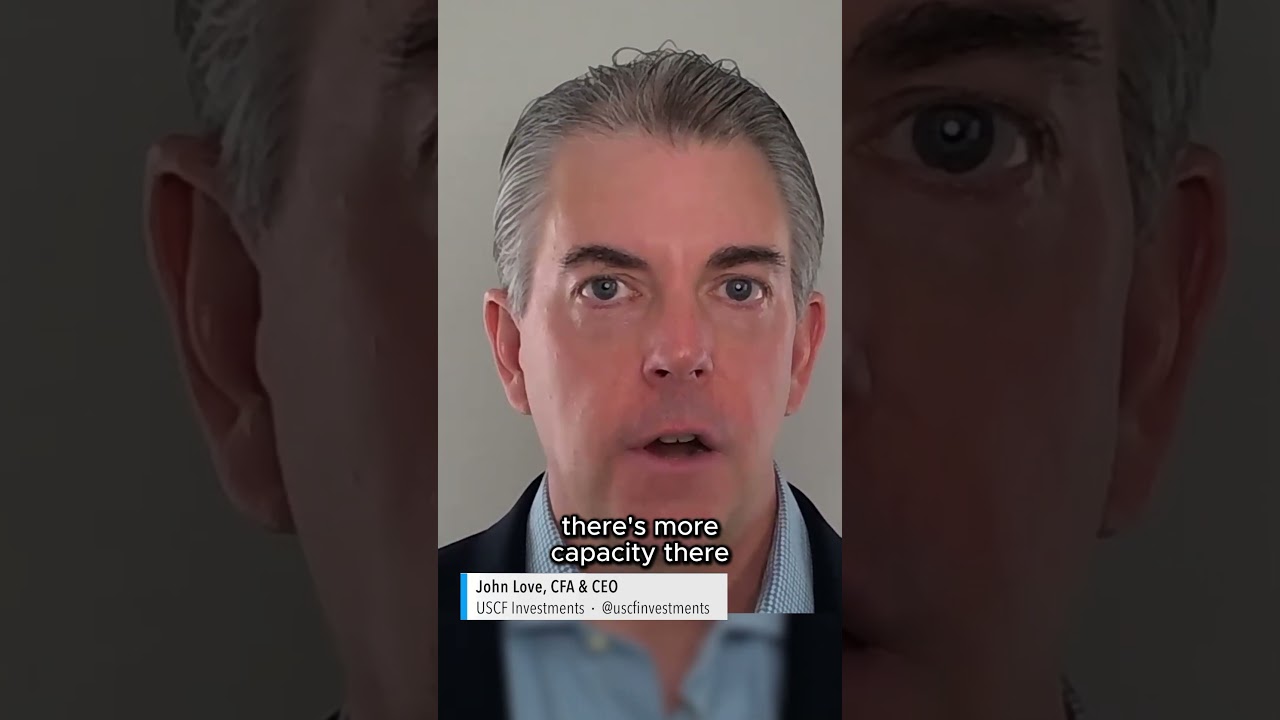2 Best Inverse ETFs To Buy in 2025
Inverse exchange-traded funds (ETFs) offer a unique way to profit from market declines, appealing to traders seeking short-term hedges or speculative gains in 2025’s uncertain environment. With rising interest rates, geopolitical risks, and potential trade disruptions threatening stock market stability, these funds offer a simpler alternative to short selling or options, delivering daily returns opposite […] The post 2 Best Inverse ETFs To Buy in 2025 appeared first on 24/7 Wall St..

Key Points in This Article:
-
Inverse ETFs offer short-term opportunities to profit from market declines in 2025, but their daily reset mechanism and high fees make them unsuitable for long-term investment.
-
Strategic use of inverse ETFs requires precise market timing and active management to mitigate risks like compounding losses in volatile conditions.
-
Nvidia made early investors rich, but there is a new class of ‘Next Nvidia Stocks’ that could be even better. Click here to learn more.
Inverse exchange-traded funds (ETFs) offer a unique way to profit from market declines, appealing to traders seeking short-term hedges or speculative gains in 2025’s uncertain environment.
With rising interest rates, geopolitical risks, and potential trade disruptions threatening stock market stability, these funds offer a simpler alternative to short selling or options, delivering daily returns opposite their benchmark indexes.
However, most inverse ETFs are risky due to daily resets, which cause compounding losses over time, high expense ratios, and the challenge of market timing. For the average investor, holding these funds long-term is unwise. However, two inverse ETFs stand out for their targeted exposure and liquidity, making them strategic short-term tools for 2025’s volatile market.
ProShares Short QQQ (PSQ)
The ProShares Short QQQ (NYSEARCA:PSQ) is a compelling choice for investors anticipating a tech sector pullback in 2025, offering the daily inverse (-1x) performance of the Nasdaq-100 Index, which includes 100 leading non-financial firms like Apple (NASDAQ:AAPL) and Nvidia (NASDAQ:NVDA).
Its single-inverse structure minimizes volatility compared to leveraged ETFs, making it appealing to cautious traders who want to hedge tech-heavy portfolios or capitalize on short-term corrections. With a 0.95% expense ratio, PSQ is cost-competitive for its category. Its high liquidity, averaging 6.5 million shares traded daily, ensures tight bid-ask spreads and reduces trading costs.
In 2025, with the Nasdaq-100’s P/E ratio near 30x and risks like AI hype fading or regulatory pressures, PSQ provides a reliable way to mitigate losses. Its 6.7% dividend yield offers modest income, though its primary value lies in capital gains from index declines. While unsuitable for long-term holding due to daily resets, PSQ’s focus on a tech-driven index makes it a strategic tool for navigating 2025’s market turbulence, especially when guided by a financial advisor.
ProShares Short Russell 2000 (RWM)
The ProShares Short Russell 2000 (NYSEARCA:RWM) is an attractive option for investors anticipating declines in small-cap stocks, delivering the daily inverse (-1x) performance of the Russell 2000 Index, which tracks 2,000 small-cap U.S. companies across diverse sectors. Its top two holdings are Sprouts Farmers Market (NASDAQ:SFM) and Insmed (NASDAQ:INSM).
It also has a single-inverse structure that offers a stable hedge, making it appealing to conservative traders who want to protect portfolios or profit from short-term small-cap corrections without the volatility of leveraged ETFs. With a 0.95% expense ratio, RWM maintains competitive pricing, and its liquidity of about 9.8 million shares traded daily, supports efficient execution with tight bid-ask spreads.
In 2025, small-caps continue to face pressures from high interest rates and economic slowdown risks, making RWM relevant for traders expecting underperformance, particularly in cyclical sectors like retail and industrials. Its 5% dividend yield provides modest income, though like PSQ, its primary value is in capital gains from index declines.
The inverse ETF is unsuitable for long-term holding due to daily resets, but RWM’s broad small-cap exposure makes it a strategic tool for navigating 2025’s market challenges, especially when paired with professional advice to optimize timing.
Strategic Considerations for 2025
Both PSQ and RWM target distinct market segments, making them relevant for 2025’s tech and small-cap vulnerabilities, but they cater to different strategies. PSQ’s focus on the Nasdaq-100 suits investors hedging tech-heavy portfolios against risks like overvaluation or regulatory shifts, offering a stable -1x inverse return. RWM, targeting the Russell 2000, appeals to those anticipating small-cap weakness due to high interest rates or economic slowdowns, providing a balanced -1x hedge across diverse sectors.
Their high liquidity ensures efficient trading, which is crucial in a year when policy changes or earnings surprises could spark corrections. However, daily resets can cause performance decay in choppy markets, and their relatively high (though competitive for inverse ETFs) expense ratios can erode returns if held for more than a day.
Investors must time trades precisely, using stop-loss orders and monitoring signals like Federal Reserve moves or sector-specific data. Pairing these ETFs with diversified assets, such as broad-market ETFs, enhances portfolio stability while offering tactical short-term opportunities. Active portfolio management is essential when using these funds.
Key Takeaway
In 2025, PSQ and RWM are standout inverse ETFs for short-term strategies, leveraging Nasdaq-100 declines and Russell 2000 pullbacks with varying risk levels. Their liquidity and focus on tech and small-cap stocks make them suitable for hedging or speculation, but daily resets and fees mean you need to monitor them closely to maximize their utility in a volatile market.
The post 2 Best Inverse ETFs To Buy in 2025 appeared first on 24/7 Wall St..





















